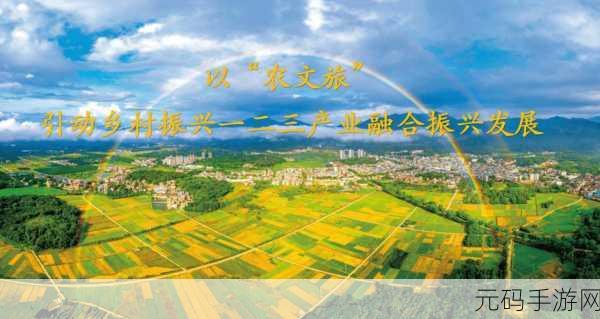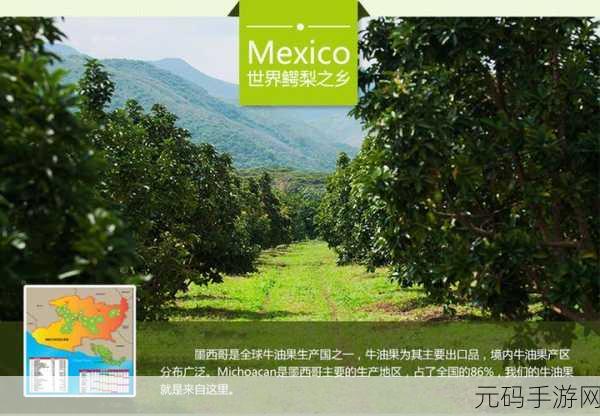96精产国品一二三产区的概述
近年来,如何推进农业现代化以及推动农村经济的发展成为了社会各界关注的焦点。中国不同地区由于自然条件、资源禀赋和产业基础等方面存在显著差异,因此形成了一、二、三产业联动发展的局面。其中,96精产国品一二三产区逐渐崭露头角,以其独特优势吸引着众多投资者与消费者。
第一产业:农作物种植与养殖
在这一领域,各类特色农作物如水稻、小麦、玉米及水果蔬菜均占据重要地位。同时,该区域还拥有丰富的畜牧业资源,如优质牛羊肉和禽蛋。这些产品不仅满足了当地居民日常消费需求,还为城市市场提供了充足供应。此外,一系列生态友好的耕作方式正在推广,有助于提高土壤肥力和生物多样性,从而实现可持续发展目标。

第二产业:加工业提升附加值
随着农业生产不断提质增效,加工行业也随之蓬勃发展。在这一区域内,通过将原材料进行深加工,不仅可以延长产品链条,还能大幅度增加附加值。例如,新鲜水果经过冷链运输后,可以制成果汁或者干果,提高售价;同时,粮食通过现代化设备处理后,可转变为方便食品或健康饮料。这样的模式促进了地方经济增长,并创造出新的就业机会。
第三产业:旅游与电商融合发展
This region has also been embracing the tourism sector, leveraging its unique agricultural景观 and文化 heritage. Ecological farming tours and agritourism have become popular among urban residents seeking a retreat from city life. Visitors can experience hands-on activities such as fruit picking or animal feeding while enjoying the natural beauty of rural landscapes.

The rise of e-commerce platforms further amplifies the potential for local farmers to reach broader markets. Farmers' produce can now be sold directly online, eliminating middlemen and improving profit margins. This trend opens up new possibilities for enhancing farmers’ income through direct sales.
行业挑战与机遇并存
You will find that尽管该区域具有许多优势,但仍面临诸如技术水平不足、人力成本上升等问题。因此,加强科技创新,引入先进管理理念尤为关键。在政策层面,各级政府应当进一步优化营商环境,为企业提供更多支持,包括税收减免和金融服务。此外,需要考虑到环保要求,在追求利润的同时,确保生态平衡不被破坏。
User-Centric Initiatives: What Consumers Want?
The evolving consumer preferences play a significant role in shaping product offerings within this area.
Increasing awareness regarding health issues leads consumers to prefer organic products over chemically-treated ones. Thus, producers are responding by adopting organic farming practices which not only appeal to eco-conscious consumers but also command higher prices in certain markets.
Transparency about sourcing is becoming increasingly important; customers want assurance that their food comes from reliable sources with ethical production standards.
Sustainability initiatives should focus on reducing waste throughout all levels—from production processes down to packaging methods used during distribution—creating an appealing narrative around environmental responsibility that resonates well with today’s shoppers who prioritize sustainability when making purchasing decisions.



